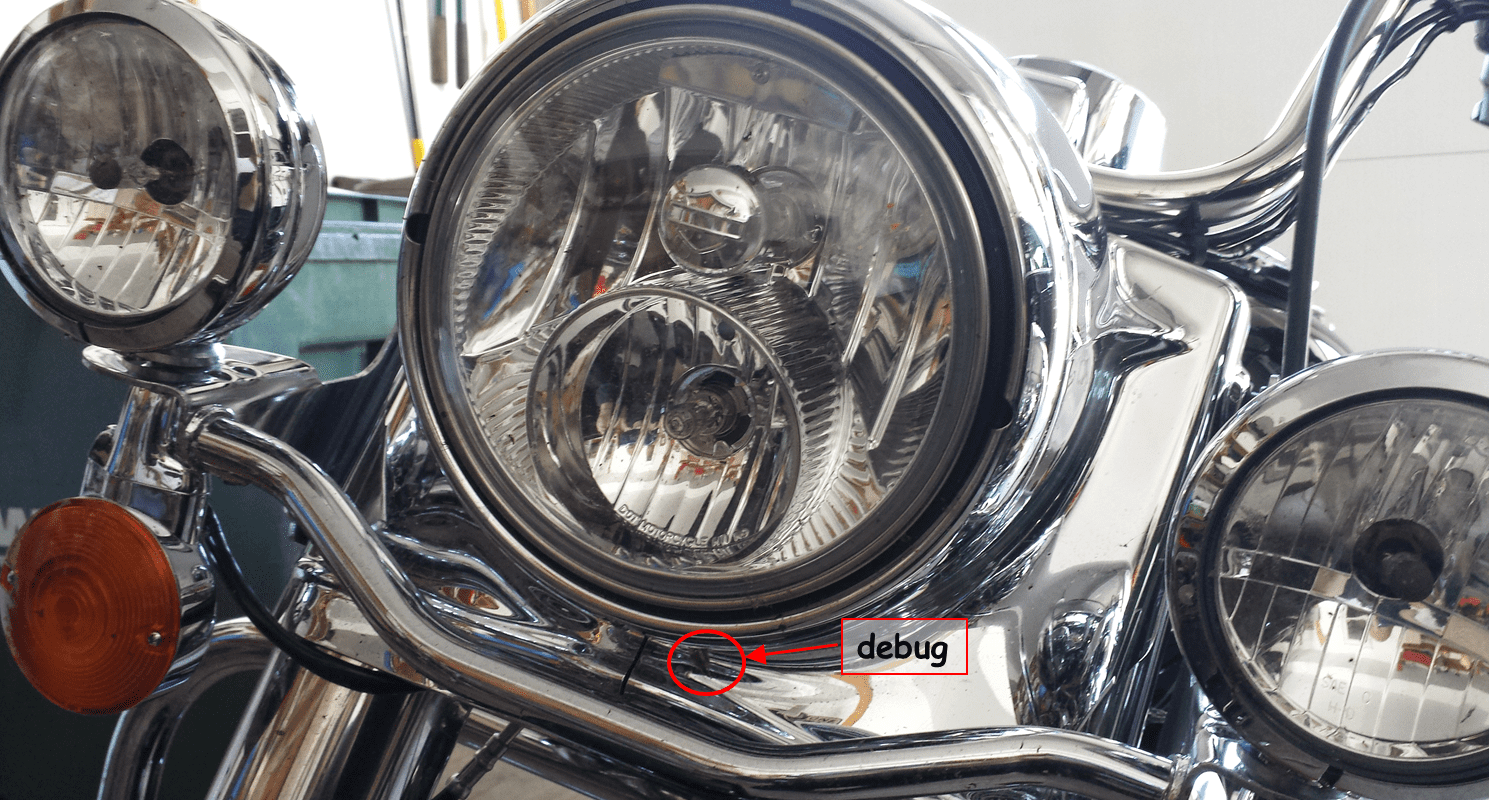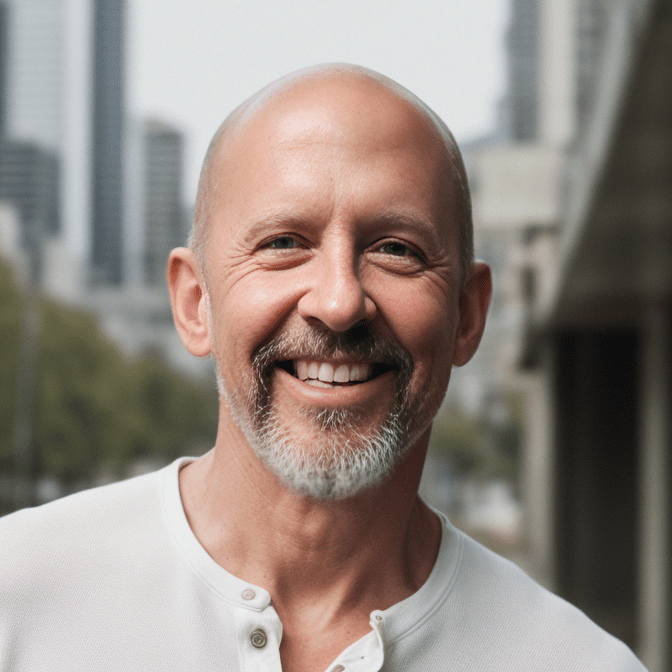A real-life journey of self-discovery that gave me insight to the impact of transformational change to the organization. Get out of your comfort zone once in a while, to have meaningful empathy with the team you are trying to change.
I remember my first long-distance motorcycle ride. Sounds harmless – kind of like saying “I remember when we went live on our new ERP”… and over the course of the three-day ride, I found myself thinking about the parallels as I went through a range of feelings including excitement, frustration, self-doubt, tedium, second guessing, and dread.
Dread
Well, maybe that is an overstatement. But I did notice that, as the date drew nearer, I was thinking an awful lot about the impending trip. I was not a long-time rider, having only started the prior year. I had a lot of miles on the bike, and I know that learning to ride was made easier because I know how to drive a car with manual transmission. But I was still not as smooth on my turns as the more experienced bikers I saw and talked with. And I had never done the long haul cruise – managing luggage, memorizing routes, and watching the gas gauge.
I realized, of course, that this was very much a “fear of the unknown” (ok, “healthy respect for the unknown”). I had a decent amount of time spent on the bike, including a few day-rides of reasonable distance. And the motorcycle riding community is terrific – easy to talk with and quick to share their experience and help.
But in the end – I’d never gone on a ride like this (900 miles, 3 days), and I wasn’t sure of what lay ahead of me as Friday approached. And this “lack of confidence” was a noticeably new line of thinking for me.
Insight: When the go-live date for your big ERP rollout approaches, most experienced implementors are somewhat concerned – they’ve seen all sorts of issues over the years – but deep down, they are actually quite calm. Been there, done that – prior experience makes the prospect of “big change” seem easy. But what about the team in the business going through the change? For most, this is their day-to-day, run-my-world, air-that-I-breathe system, and it’s about to change – drastically, for some. No amount of practice and training will 100% eliminate the “healthy respect for the unknown”.
Test
Of course, things did not go smoothly on my great adventure – I went through a minor catastrophe on day 1 (hint: turn off your lights when you park), a chain of events that resulted from a simple root cause event. Hassles with my GPS device – issues that should have worked themselves out in test – caused these problems, clearly (in retrospect) because I did not go out on enough practice runs with the GPS connected. To be fair, I was still tinkering with the best way to mount the device on my bike; I had sporadic power issues for the rest of the weekend, but I also came up with some configuration changes to address unanticipated issues that kept popping up. But in retrospect, the Big Friday Problem could have been avoided.
Insight: Maybe its part hubris, maybe its the time crunch, but we always make tradeoff decisions between time, features, and cost – without fully understanding the risk. More system testing, at volume / high load, with non-IT people doing the testing, will always be a good investment. Conversely, when you make the decision to trim time off the testing cycle, be prepared for unexpected problems. Or at least – don’t lose your cool when the inevitable occurs.
Support
As I noted before – the motorcycle riding community is terrific – I’ve asked tons of questions and got really helpful answers, hints, and direction. On the road, riders acknowledge each other all the time. And the variety of people you see on bikes – all ages and sizes – making it look very easy to navigate their big cruisers around the tightest parking lots … at times, it is both comforting and intimidating.
How can they make it look so easy? How come I can’t make it look so easy? Another source for second guessing and thinking too much. Then again, I know it’s just a matter of time, practice, and experience. If I was driving in my car or coordinating complicated airline connections through foreign airports – no worries, done it a million times. But an 800-pound Harley? Call me Danny Duck Walk.
Insight: For the team going through the ERP implementation, the experienced PM, techs, and analysts that know the ERP so well can be both comforting and intimidating. The team knows their old systems and processes quite well – can’t we just stick with what we know? And the learning curve looks so steep – I’ll never get to be as good as That Person …
Empathy
My mini-epiphany, as I was riding along on a less eventful Day 2, was all around the connections between my ride and the business transformation projects I have been involved with (M&A, ERP, eCommerce, Big Data, Internet of Things, etc.) When you are enabling the innovation, driving the change, and leading the team, it helps to empathize with the folks that are having change done to them. You are taking people out of their comfort zone, away from the systems, processes, and metrics that got them where they are today. You are taking them to places they haven’t been, doing processes they haven’t done – and no amount of preparation will make all of that concern go away.
And here’s the big punch line – you may not be able to remember the feelings of excitement, frustration, self-doubt, tedium, second guessing, and dread – because it’s all second nature to you at this point. And this lack of empathy will make you a less-than-effective leader and change agent.
So here is a bit of self-development advice. Find a personal Big Change project of your own – one that takes you well out of your comfort zone – and make it happen. Push your comfort boundaries. Stretch your experience in ways you haven’t done. Purposefully put yourself in a situation where you do not have any experience – learn something new, and make it a tad risky at that.
I think it’s amazingly helpful to go through a big change – personally (to keep the creative juices going), but also professionally. It can and should make you a more empathetic change leader. Getting people to accept and internalize transformational change is a critical part of the process. You may be able to come up with a brilliant strategic pivot, inspirational product re-imagining, foundational process redesign, or liberating system architecture – but if you can’t get people to change with you, you’re just standing in a parking lot, waiting for a jump-start.
29 September, 2014







This Post Has One Comment
Well said. at the end of it all just make sure to look beyond the handbars, soak up the entire experience, and enjoy the ride.